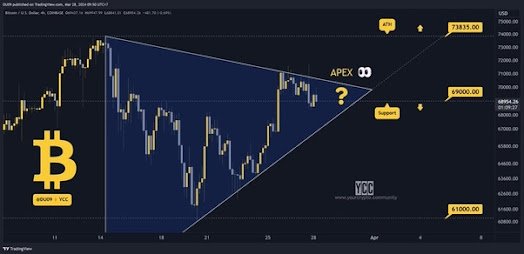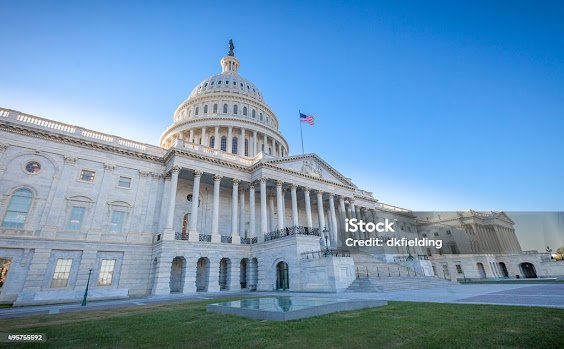China: A Stablecoin Pilot?
MAY 6,2024
NR.BALOCH
Hong Kong’s open, market-oriented, and internationally interconnected institutional structure, along with its well regarded monetary and regulatory agencies, make it an excellent choice for prototype financial ventures. The development of a stablecoin for usage in China’s Greater Bay Area that is tethered to the offshore yuan is one such plan.
Hong Kong – As soon as possible, the Financial Services and the Treasury Bureau (FSTB) and the Hong Kong Monetary Authority (HKMA) will set up a regulatory framework for stablecoin issuers operating in the region. Fintech companies and asset managers are apparently keeping a close eye on the initiative. Other administrations ought to follow suit.
One kind of cryptoasset called stablecoins is designed to keep its value consistent with a target currency. Stablecoins that are “collateralized” are supported by a reserve asset pool that may consist of commodities, other cryptoassets, or fiat money. However, not all stablecoins are supported by reserve assets. Unbacked stablecoins, on the other hand, aim to preserve a steady value by other strategies, like supply-limiting algorithms that establish a market value.
As of right now, stablecoins lack both a widely accepted standard and a legal structure to control them. However, the market is huge and expanding quickly. The estimated total market value of stablecoins has increased dramatically from $5.9 billion to over $130 billion since the start of 2020. Because of the US dollar’s dominance in the market, stablecoins linked to it
With almost 70% of the market, Tether is in the lead, followed by USD coin with 20%. According to Tether, as of the end of September 2023, it had $86.4 billion in assets against $83.2 billion in liabilities. These assets included approximately $56.6 billion in US Treasury bonds, $5.1 billion in secured loans, $3.1 billion in precious metals, $1.7 billion in Bitcoin, and $2.3 billion in other investments. During the first quarter of 2023, the company declared a $1.4 billion profit.
Stablecoins aim to provide a more dependable substitute for cryptocurrencies such as Bitcoin, which are highly volatile and dependent on nothing. Collateralized stablecoins have “generally been less volatile than traditional cryptoassets,” according to the Bank for International Settlements. Meanwhile,
Furthermore, as stated by the BIS, “users’ stablecoins could not always be fully and instantly redeemed by stablecoin issuers.” In the end, not one of the more than 200 stablecoins that are now in use satisfies the “essential requirements for being a reliable means of payment in the real economy” and a safe store of value.
Intro-Offer 1 PS_Digital_1333x1000
Take a look at PS Digital.
Get access to all of our subscriber-only On Point material, including Say More, Insider Interviews, Big Picture/Big Question, and Longer Reads, as well as the complete PS archive. You can also get every new commentary from PS.
There is cause for optimism that Hong Kong could propel advancement. Since the Hong Kong dollar, the official currency of the region, is fixed against the US dollar, “Digital HKD” is effectively a stablecoin. (The Digital HKD was effectively treated as such in the September 2023 policy statement published by the HKMA.) Above all, Hong Kong’s open, market-oriented, internationally interconnected institutional structure makes it an excellent choice for pilot projects. Its monetary and regulatory agencies are also highly recognized.
The development of a stablecoin based on the offshore renminbi for use in the Greater Bay Area, an economic region with a combined GDP of $1.9 trillion that consists of nine cities in Guangdong province surrounding the Pearl River Delta as well as Hong Kong and Macau, might be one such initiative. This “GBA stablecoin” can be easily traded for the US dollar, Hong Kong dollar, and offshore renminbi, and it could help with the creation, trading, and settlement of new digital financial instruments in Hong Kong. GBA stablecoin may be used to price financial items that are issued outside of China’s mainland.
Under this plan, the financial goods and digital infrastructure—such as offshore bonds issued by GBA firms and local governments—would be sold in Hong Kong, while the majority of their underlying physical assets would be located in mainland China. This system is comparable to H-shares, which are Hong Kong-based stocks of vital mainland-based enterprises traded. In essence, what would emerge from this would be an offshore digital renminbi that is operational and gains from the increased trust in the market that comes from HKMA monitoring. Without endangering the stability of onshore renminbi, this would increase demand for offshore renminbi and hasten the internationalization of the yuan.
Together with its counterparts in mainland China, Thailand, and the United Arab Emirates, the HKMA has already carried out a six-week central bank digital currency (CBDC) experiment. One of the first multi-CBDC programs to settle real-value, cross-border transactions on behalf of enterprises was Project mBridge.
The monetary authorities are currently developing the mBridge platform to speed up cross-border retail or wholesale payments in response to the pilot’s success. This shows that GBA stablecoin could support China’s ambitious multi-country Belt and Road Initiative (BRI) with offshore financing and enable international trade and investment more generally with the right digital financial infrastructure, which makes use of distributed blockchain technology to enable “smart contracts.”
The success of such a pilot would depend on the demands of banks, companies, investors, and consumers in addition to financial institutions’ willingness to issue the stablecoins. Some people might be hesitant to use GBA stablecoin in the existing US dollar-based financial system. However, many market players, including those involved in BRI projects, are looking for a solid alternative to the US currency, including dollar-backed stablecoins, given America’s geopolitically motivated weaponization of global banking.
Which stablecoins succeed will ultimately depend on how well the returns on equity and the risks attached to a particular coin are balanced. There is a lengthy trial and error procedure ahead.



